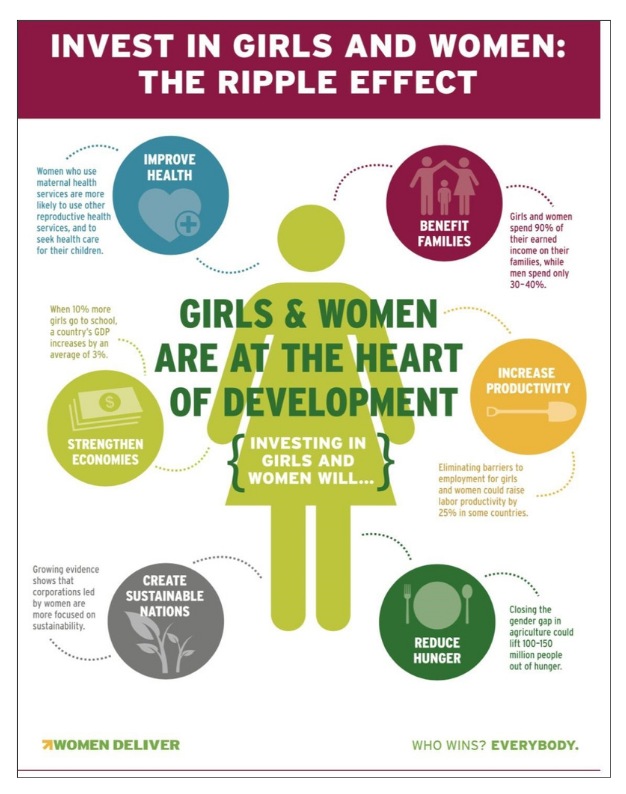Women Empowerment in India
“यत्र नाययस्तुपूज्यन्तेरमन्तेतत्र देवतााः”
– As per Manusmriti- “Where Women are honored, divinity blossoms there, and wherever women are dishonored, all action no matter how noble it may remain unfruitful.”
Context:
International Women's Day (IWD) is a celebrated annually on March 8 as a focal point in the women's rights movement. The earliest version reported was a "Women's Day" organized by the Socialist Party of America in New York City on February 28, 1909. This inspired German delegates at the 1910 International Socialist Women's Conference to propose "a special Women's Day" be organized annually, albeit with no set date.On March 8, 1917, in Petrograd women textile workers began a demonstration that eventually engulfed the whole city, demanding "Bread and Peace"—an end to World War I, to food shortages, and to Tsarism This marked the beginning of the February Revolution, which alongside the October Revolution, made up the Russian Revolution. After the Russian Revolution in 1917, IWD was made a national holiday on March 8. IWD became a mainstream global holiday following its promotion by the United Nations in 1977.1.
What steps are taken by the Government to strengthen the position of women in India?
Socio-Cultural Empowerment of Women
| Beti Bachao Beti Padhao Yojana (BBBP) |
|
|---|---|
| National Scheme of Incentives to Girls for Secondary Education (NSIGSE) |
|
| One Stop Centre (OSC) |
|
| Nirbhaya Fund |
|
Economic Empowerment of Women
| Stand Up India Scheme |
|
|---|---|
| Pradhan Mantri Jan Dhan Yojana (PMJDY) |
|
| Support to Training and Employment Programme for Women (STEP) |
|
| Mahila E-Haat |
|
| Working Women Hostel |
|
| Mahila Shakti Kendra (MSK) |
|
Political Empowerment of Women
| Women Leadership Development Programmes |
|
|---|---|
| Training and Capacity Building Programs |
|
Overall Empowerment of Women
| 'Women Scientist Scheme' |
|
|---|---|
| Vigyan Jyoti Scheme |
|
| Consolidation of University Research for Innovation and Excellence in Women Universities (CURIE) Programme |
|
| National Policy for Empowerment of Women |
|
| National Mission for Empowerment of Women (NMEW) |
|
| Gender Budgeting |
|
| One Stop Centre and Universalization of Women Helplines |
|
| Swadhar Greh Scheme |
|
| Ujjawala Scheme |
|
Legislative Provisions:
| Protection of Women from Domestic Violence Act, 2005 |
|
|---|---|
| Dowry Prohibition Act, 1961 |
|
| Prohibition of Child Marriage Act, 2006 |
|
| Minimum Wages Act, 1948 |
|
| Equal Remuneration Act, 1976 |
|
| Maternity Benefit Act, 1961 |
|
| Sexual Harassment of Women at Workplace (Prevention, Prohibition and Redressal) Act, 2013 |
|
| Women Reservation bill(106th Constitutional Amendment Act2023) |
|
2.
What are few Constitutional provisions for women empowerment in India?
The Constitution of India not only guarantees equality to women but also empowers the State to adopt measures of positive discrimination in favor of women for neutralizing the cumulative socio economic, education and political disadvantages faced by them.
Fundamental Rights:
| Article 14 |
|
|---|---|
| Article 15 |
|
| Article 16 |
|
| Article 21 |
|
| Article 23 |
|
Directive Principles of State Policy:
| Article 39 |
|
|---|---|
| Article 42 |
|
| Article 44 |
|
| Article 45 |
|
Fundamental Duties:
| Article 51A(e) |
|
|---|---|
| Article 51A(k) |
|
Other Constitutional Provisions
| Article 243D |
|
|---|---|
| Article 243T |
|
Nari Shakti Vandan Adhiniyan (Women’s Reservation Act) 2023 also known as 128th Constitutional Amendment Act has added 3 new articles which aim at Women Empowerment.
| Article 239AA |
|
|---|---|
| Article 330A |
|
| Article 332A |
|
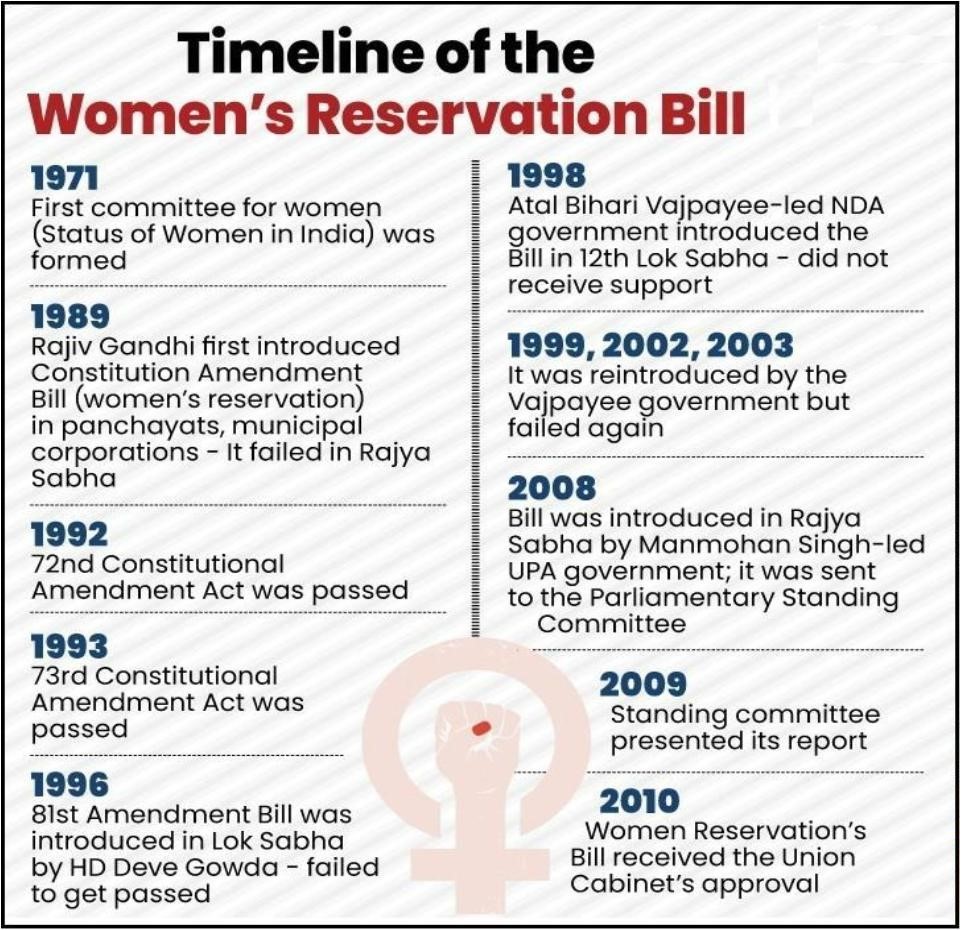
3.
Which are few Supreme Court’s Landmark judgments related to women empowerment?
Shafin Jahan case(2018):
- The Court held that “the right to marry a person of one's choice is integral to Article 21 of the Constitution” and “society has no role to play in determining our choice of partners”.
Navtej Singh Johar & Ors. v. Union of India(2018):
- Navtej Singh Johar & Ors. v. Union of India, is a landmark decision of the Supreme Court of India that decriminalized all consensual sex among adults, including homosexual sex.
Gaurav Jain v. Union of India & Ors. (1997)
- “The children of the prostitutes have the right to equality of opportunity, dignity,care, protection, and rehabilitation so as to be part of the mainstream of social life without any pre-stigma attached to them.”
Vishaka & Ors. V. State of Rajasthan & Ors. (1997)
- “Issued Guidelines to prevent sexual harassment against women in workplaces.All complaints of sexual harassment by any woman employee would be directed to this committee.”
Babita Puniya vs Defence Secretary case (2020):
- In the Babita Puniya vs Defence Secretary case, the Supreme Court held that women cannot be categorically excluded from these positions, and that the armed forces cannot have gender discriminatory hiring or recruitment practices.
- The ruling was made by a bench comprising Justice DY Chandrachud and Ajay Rastogi with directions that “Permanent Commission shall be granted to women in the army regardless of their service, in all the ten streams where the Union Government has already taken a decision to grant the Short Service Commission for women.”
Laxmi vs. Union of India and Others:
- In the Laxmi vs. Union of India and Others who issued a PIL brought about by Laxmi, an acid attack survivor which issued guidelines for betterment of Acid Attack Survivor. The Supreme court verdict-imposed restrictions on the sale of Acid and provided compensation to the victim.
Joseph Shine v. Union of India (2018)
- The five-judge bench unanimously struck down Section 497 IPC saying that it was unconstitutional since the very basis for criminalizing adultery was the assumption that a woman is considered as the property of the husband and cannot have relations outside the marriage.
4.
Which are few areas / fields in which women have excelled in India? Quote few examples.
Politics
President Draupadi Murmu:
- She is the youngest and first individual born after India's independence in 1947 to have been elected president. Murmu is only the second woman after Pratibha Patil to serve as president. Murmu addressed the nation for the first time as president on 14 August 2022, the eve of the 75th Independence Day.
- Living in one of the state’s most underdeveloped regions, her family struggled with poverty. Despite her family’s difficult situation, she went on to graduate from the Ramadevi Women’s College in Bhubaneswar.
- She was also the first woman and tribal leader from Odisha to be appointed governor of a state and complete her tenure.
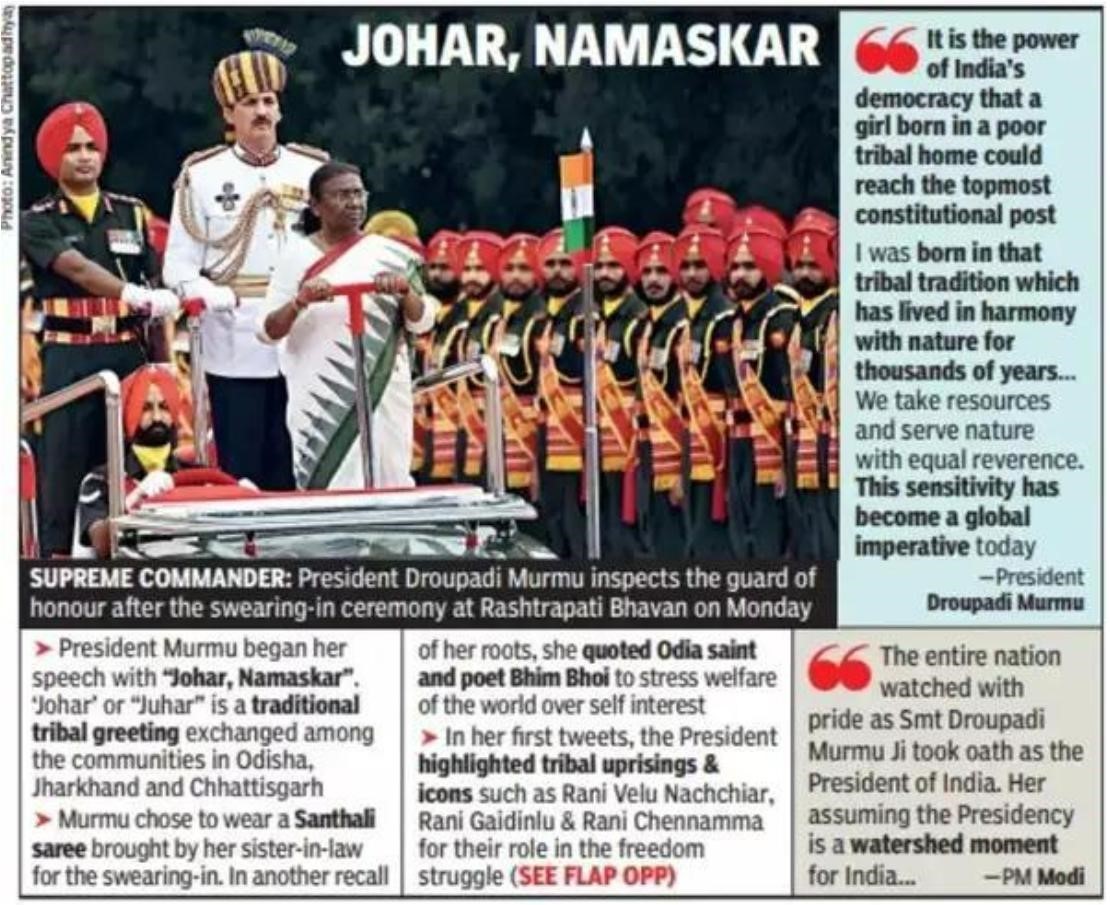
Space
Kalpana Chawla:
- Kalpana Chawla (17 March 1962 – 1 February 2003) was an Indian born American astronaut and aerospace engineer who was the first woman of Indian origin to fly to space.
- She first flew on Space Shuttle Columbia in 1997 as a mission specialist and primary robotic arm operator aboard STS-87.
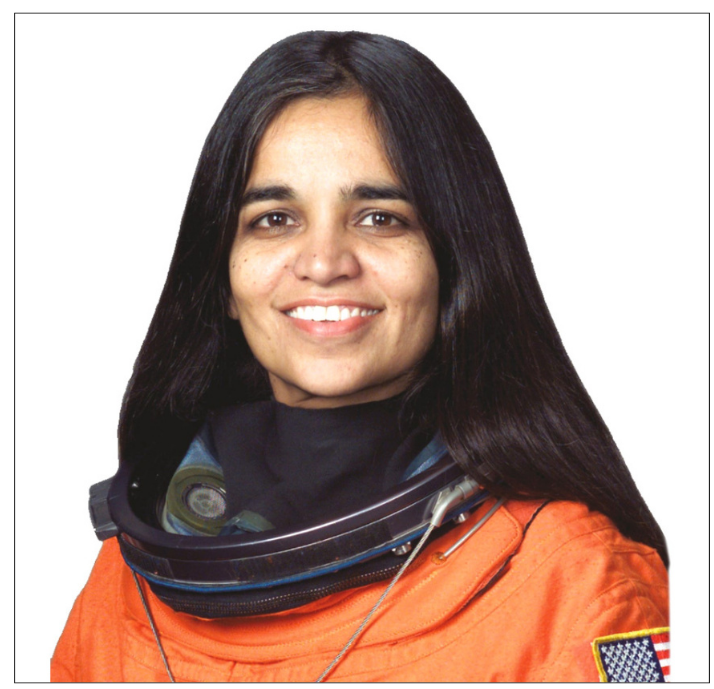
Ritu Karidhal Srivastava"Rocket Women" of India.
- Ritu Karidhal Srivastava is an Indian scientist and aerospace engineer working in the Indian Space Research Organisation. She was a Deputy Operations Director to India's Mars orbiter mission, Mangalyaan.
- She has been referred to as one of the many "Rocket Women'' of India.
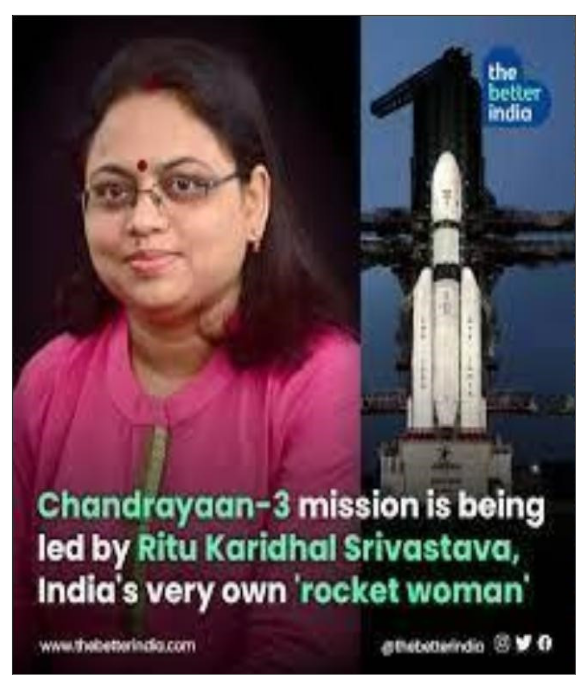
Tessy Thomas”Missile Women”
- Tessy Thomas joined the Defence Research and Development Organisation in 1988, where she worked on the design and developments of the new generation ballistic missile, Agni.
- She was appointed by A. P. J. Abdul Kalam for the Agni Project.
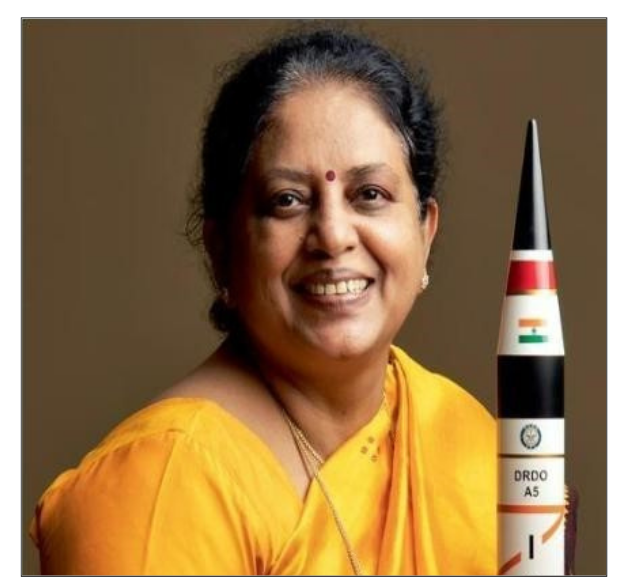
Society
Sindhu Shrihari Sapkal
- Sindhu Shrihari Sapkal, affectionately called Sindhutai, was an Indian social worker and social activist known particularly for her work in raising orphaned children in India.
- She was awarded the Padma Shri in 2021 in the Social Work category.
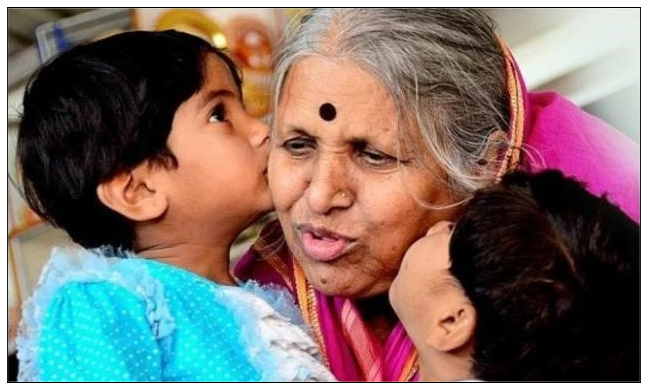
Mountaineering
Arunima Sinha
- She is an Indian mountaineer and sportswoman. She is the world's first female amputee to scale Mount Everest, Mount Kilimanjaro, Mount Elbrus, Mount Kosciuszko, Aconcagua, Denali and Vinson Massif.
- She is also a seven time Indian volleyball player.
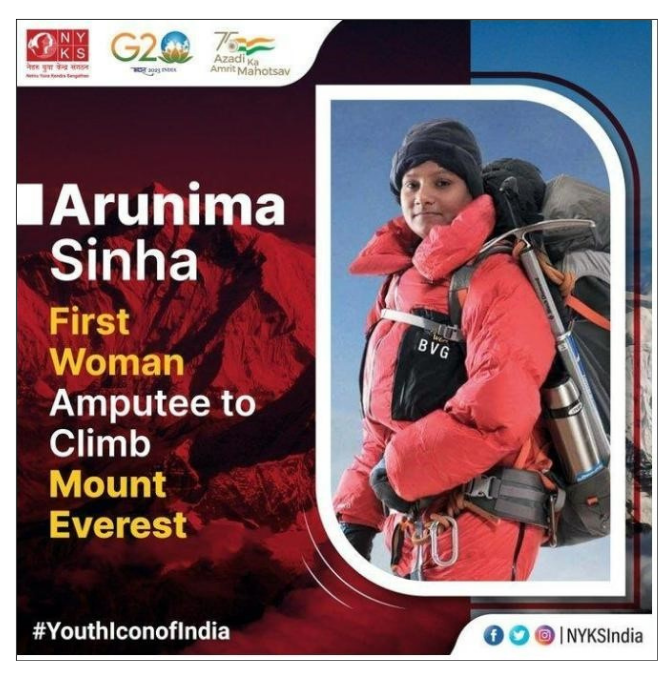
Entrepreneurship
Kalpana Saroj:
- Kalpana Saroj (born 1961) is an Indian business woman, entrepreneur and a TEDx speaker and the chairperson of Kamani Tubes in Mumbai, India.
- Known as an Indian Woman entrepreneur, she bought the distressed assets of Kamani Tubes Company and successfully steered the company back to profitability.
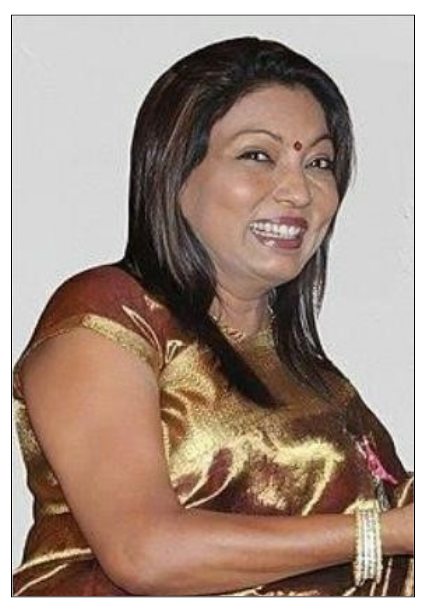
Philanthropy
Sudha Murty:
- She is an Indian educator, author, philanthropist and former chairperson of the Infosys Foundation. She is married to the cofounder of Infosys, N. R. Narayana Murty.
- Murty was awarded the Padma Shri, the fourth highest civilian award in India, for social work by the Government of India in 2006.
- Later in 2023, she was awarded the Padma Bhushan, the third highest civilian award in India.
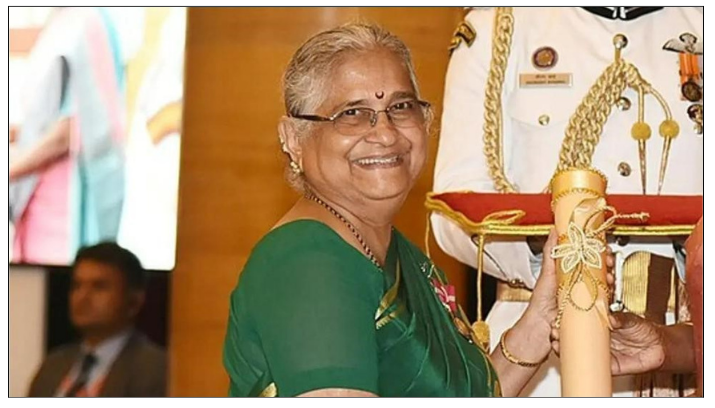
Transgender Rights
Gauri Sawant:
- Gauri Sawant founded the Sakhi Char Chowghi Trust in 2000. The NGO promotes safe sex and provides counseling to transgender people.
- In 2014, she became the first transgender person to file a petition in the Supreme Court of India for adoption rights of transgender people.
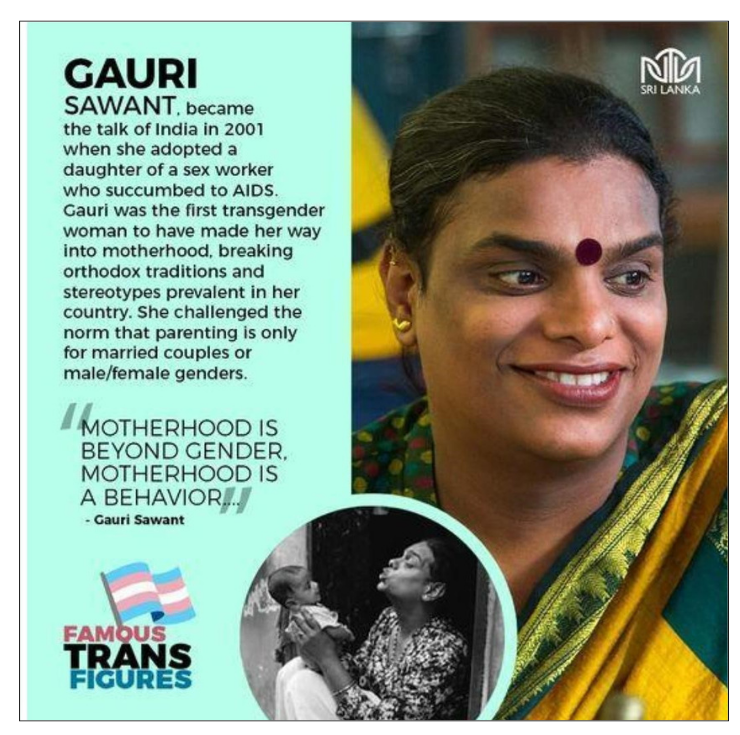
5.
Why is women empowerment necessary in India?
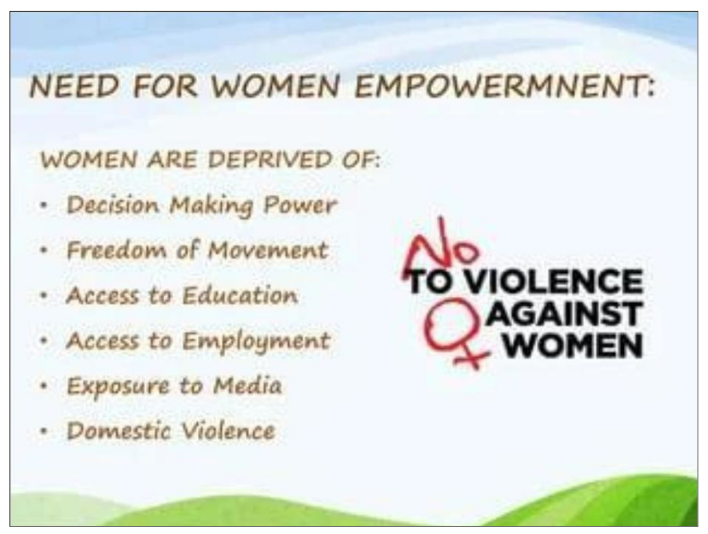
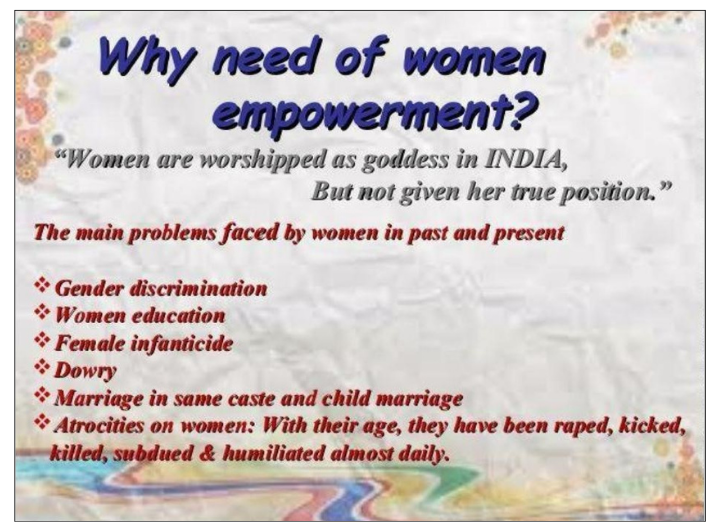
Gender Equality:
- Women's empowerment is essential for achieving gender equality, which is a fundamental human right. Gender equality means that women and men have equal rights, opportunities, and resources, and can participate equally in all aspects of life.
Economic Growth:
- Women's empowerment is also important for economic growth and development. When women have equal access to education, employment, and other opportunities, they are better able to contribute to the economy and society as a whole.
- According to UN Women,Women's economic empowerment increases economic diversification and income equality for shared prosperity
Social Justice:
- Women's empowerment is also essential for achieving social justice. Women and girls are often subject to discrimination, violence, and other forms of oppression simply because of their gender. Empowering women helps to create a more just and equitable society for everyone.
Health and Well-being:
- Women's empowerment is also important for promoting health and well-being. When women have access to education and healthcare, they can better take care of themselves and their families.
Sustainable Development:
- Women's empowerment is critical for achieving sustainable development. When women are empowered, they are better able to contribute to efforts to address environmental challenges, reduce poverty, and promote social justice.
6.
What are a few examples of fields where women are not given equal rights?
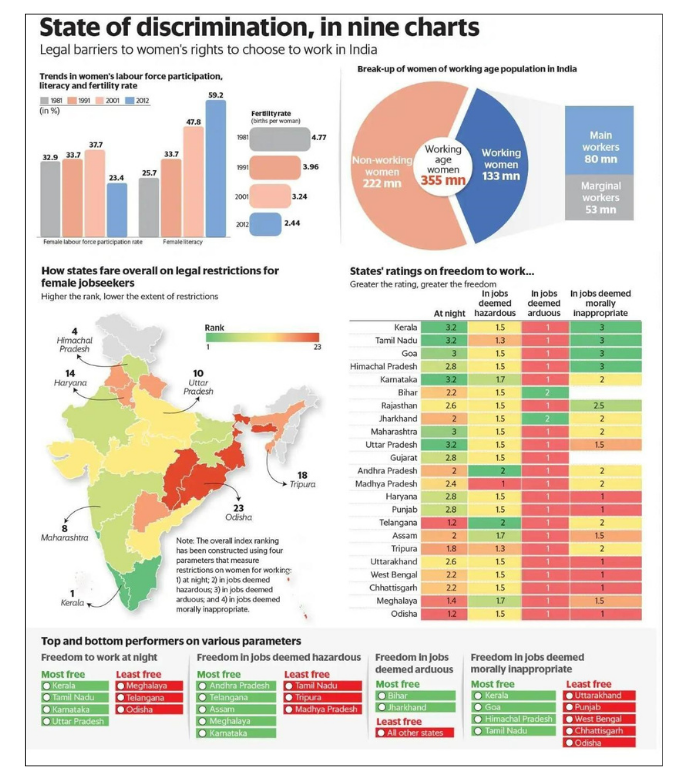
7.
Why are women deprived of equality wrt men?
Reasons why women are not equal to men are as follows:
Patriarchy:
- Patriarchy decides who has access to what, because it defines the relationship between men and women.
- These “small” inequalities, such as women setting aside the better part of the available food for men, can have a domino effect and precipitate into other forms of inequality.
- Son preference, dowry, harassment towards women (e.g., wife- battering, rape), unequal pay, unequal personal laws, religious oppression of women, and poor depictions of patriarchal practises apply to women in the media.
Social structures:
- In Indian society, the role of women is secondary in all aspects of society, such as family, religion, law and media. Everything like reproduction, labor force, sexuality, means of production are under the control of culture. This is why in all these cases women are left behind in the social position as men.
Misogynist Attitude towards girls:
- Misogyny is the hatred of, contempt for, or prejudice against women or girls. It can also refer to social systems or environments where women face hostility and hatred because they're women in a world created by and for men — a historical patriarchy.
8.
What is the historical status of women in India?
Women in Ancient-Medieval India
- Indian society has always revered women with many female deities Saraswati, Durga, Lakshmi, Kali, etc worshiped across the country. However, the patriarchal system has prevailed since the Vedic Period with customs and traditions favoring men.
- Apala, regarded as a brahmavadini, is a character mentioned in the Rig Veda.
- Indian history finds mention of many prodigious women such as Gargi, Maitreyi, and Sulabha, whose faculty of reasoning was far superior to that of ordinary mortals. Similarly, there have been female rulers like Prabhavatigupta, and Rani Durgavati in various parts of our country.
- On the darker side, with discrimination against them prevailing since ancient times, women have been silent sufferers.
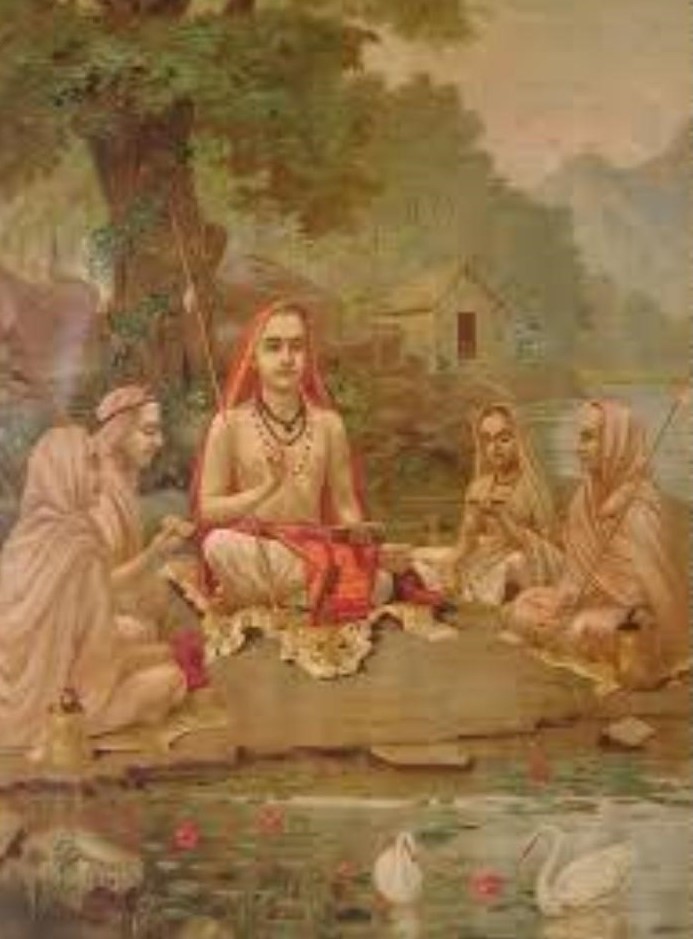
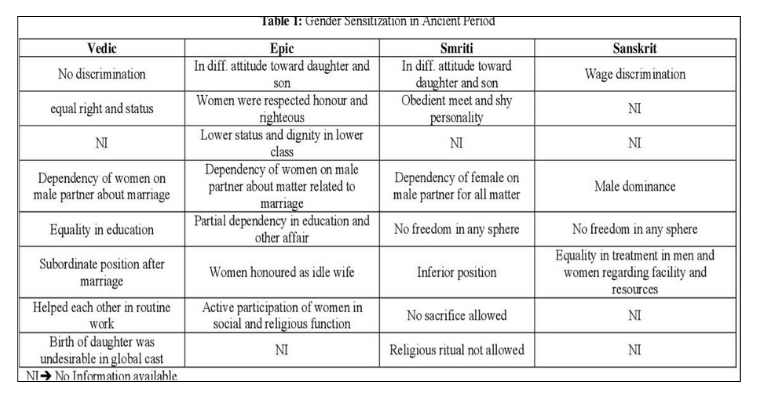
Pre-Independence India
Socio-Religious Reforms Movements (19th Century)
- The beginning of organized efforts for the empowerment of women and gender equality in India can be traced back to the Socio-Religious Reforms Movements of the 19th century.
- Efforts made by social reformers such as Raja Rammohan Roy, Swami Dayananda Saraswati, Ishwar Chandra Vidyasagar, and their related organizations helped the cause of promoting gender equality and women’s empowerment in India. (Sati Abolition Act of 1829, Widow Remarriage Act of 1856, Child Marriage Restraint Act (Sarda Act) of 1929, etc.)
- Savitri Bai Phule worked towards women empowerment.
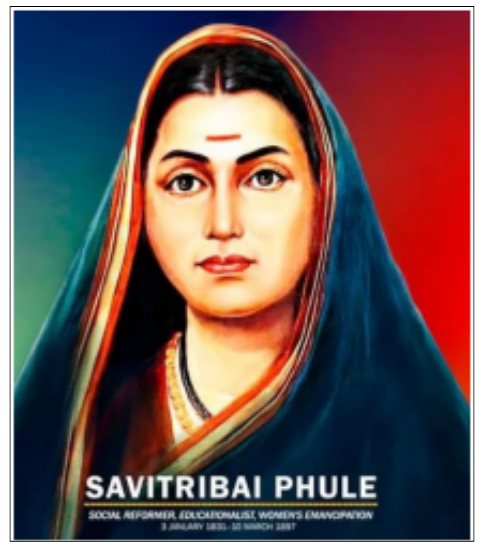
Women’s Organizations
- The horizon of demand for women’s rights increased with the setting up of Women’s Organizations in the early 2 0th century onwards.
- Women’s Organizations such as Bharat Mahila Parishad, Women’s Indian Association, All India Women’s Conference, etc raised the issue of gender inequality in India and demanded women’s suffrage, and inheritance rights along with others.
Freedom Movement
- Gandhiji put particular emphasis on the collective mobilization and participation of women in India’s freedom struggle. He encouraged women to fight for political freedom as well as for their social and political rights.
- While this participation of women in national movements was not directly aimed at questioning the patriarchal society, it helped the cause of promoting gender equality and women’s empowerment in India by:
- While this participation of women in national movements was not directly aimed at questioning the patriarchal society, it helped the cause of promoting gender equality and women’s empowerment in India by:
- Breaking away several barriers of old traditions and customs.
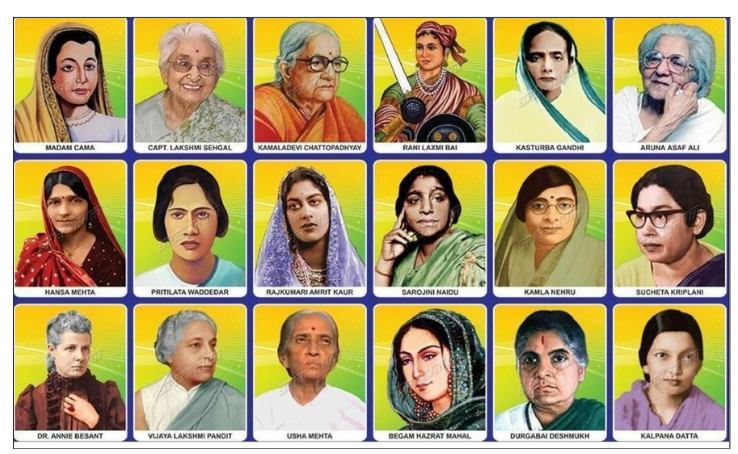
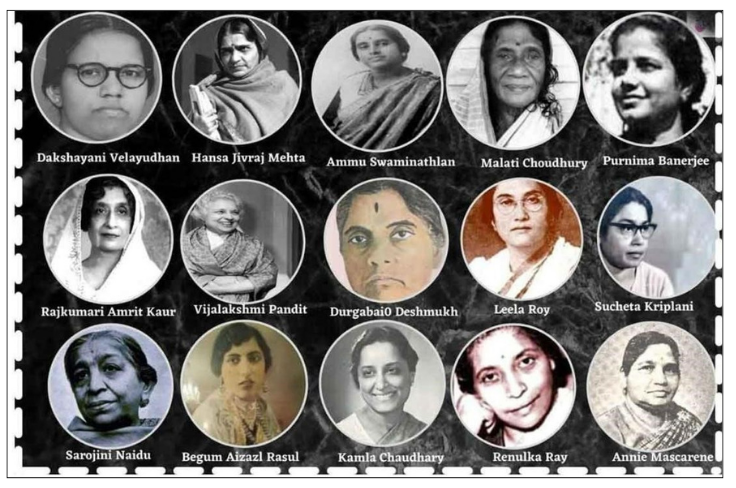
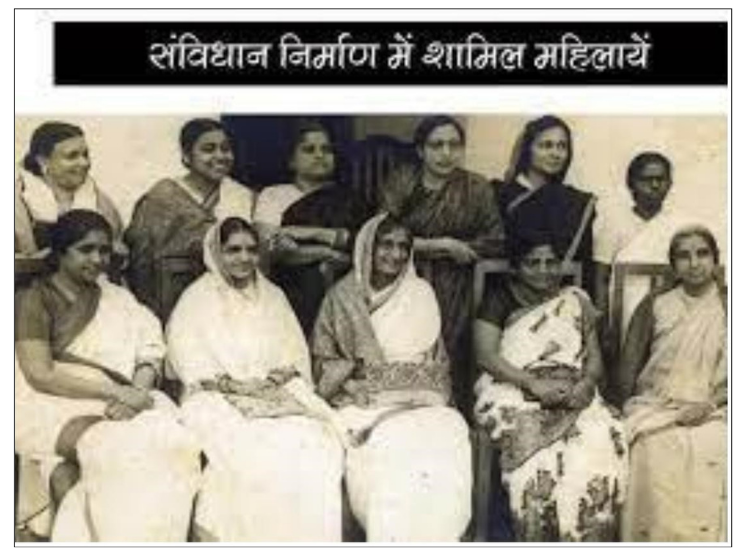
Post-Independence India
- Post-1970s, India witnessed a renewal of women empowerment and gender equality movement in India.
- Widely known as the second phase of the Indian women’s movement, prominent women’s organizations took up a much wider range of initiatives, promoting gender equality and women’s empowerment in India, such as:
- The Self Employed Women’s Association (SEWA) worked to improve conditions of women working in the unorganized sector.
- Annapurna Mahila Mandal (AMM) worked for the welfare of women and girl children.
9.
The top five countries with best status of women & bottom five countries with worst status. India’s ranking?
Top 5 countries:
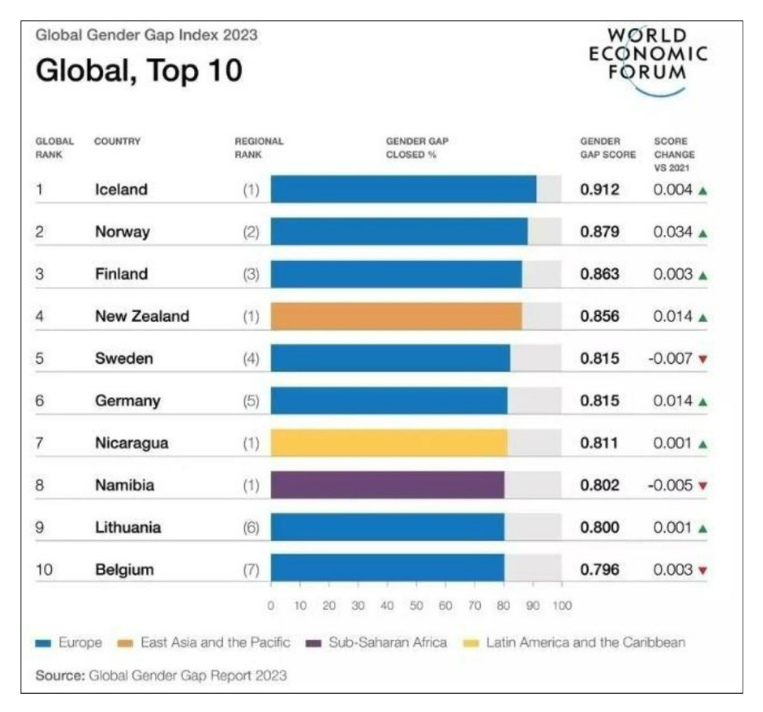
Position of India:
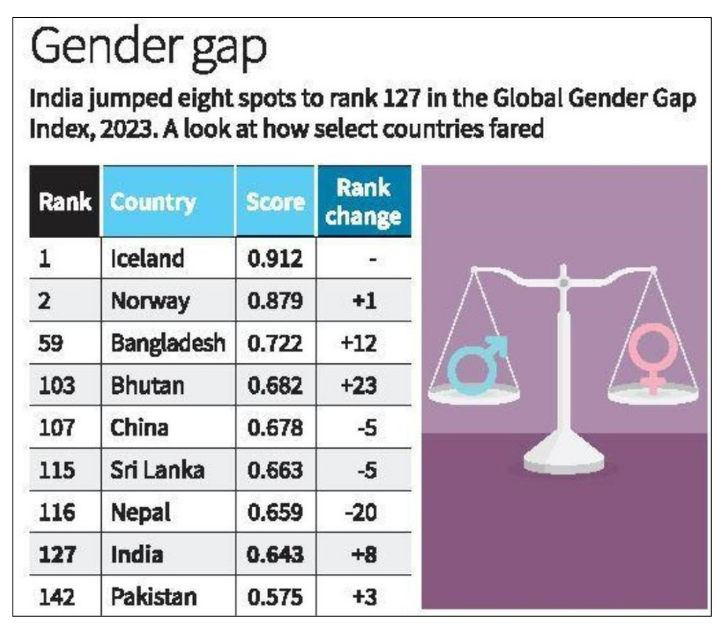
Bottom 5 countries as per Global Gender Gap report 2023
| Country | Rank |
|---|---|
| Pakistan |
142 |
| Iran |
143 |
| Algeria |
144 |
| Chad |
145 |
| Argentina |
146 |
10.
What is the current status of women in Parliament, Legislative assembly, Govt jobs, sports and corporate sector?
Women in Parliament:
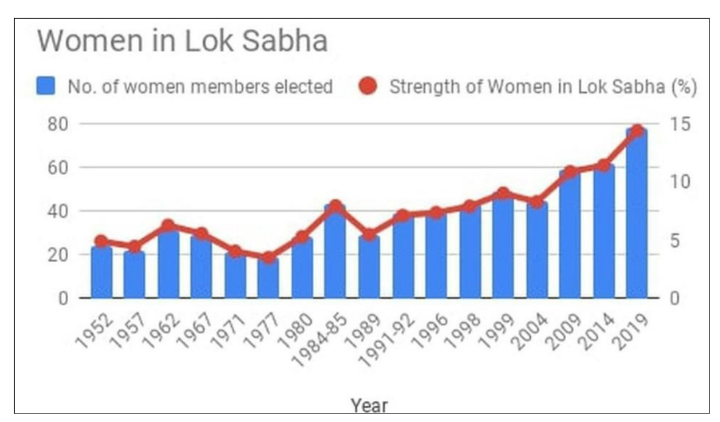
Women in Legislative assembly:
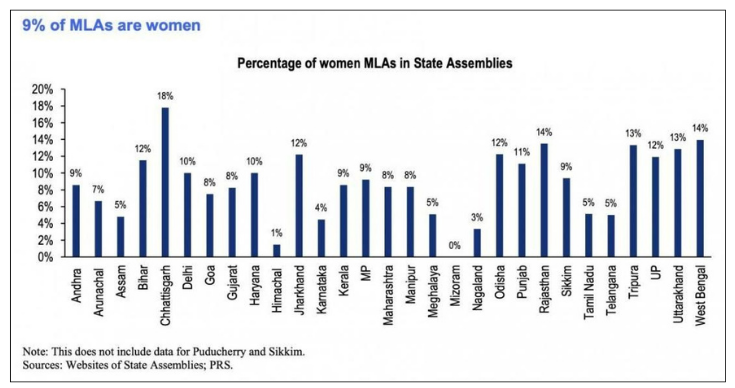
Women in Government jobs:
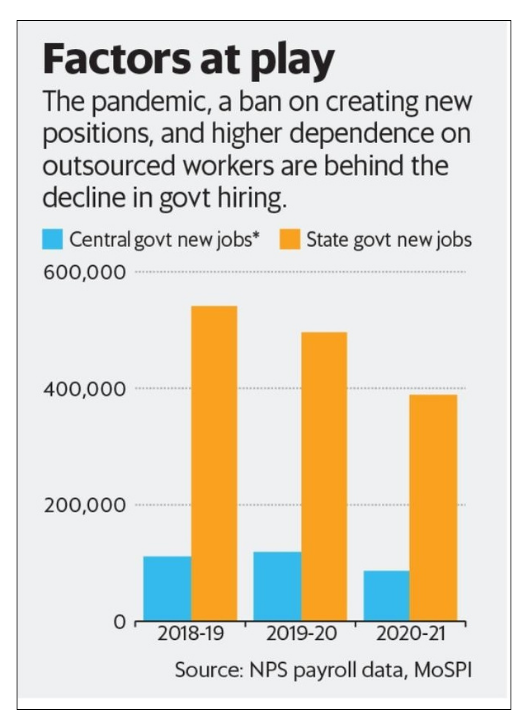
Top 3 All India Ranks were achieved by female candidates in UPSC Civil Services Examination 2021.
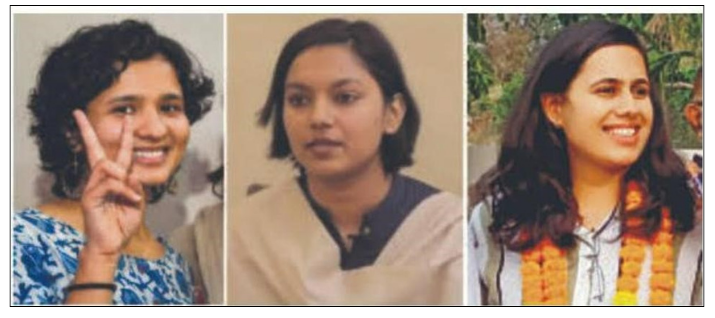
Women in sports:
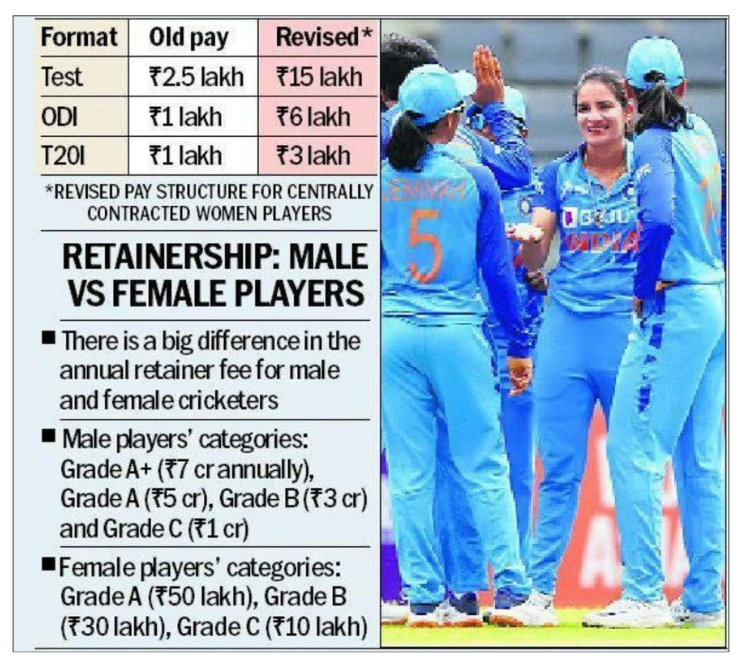
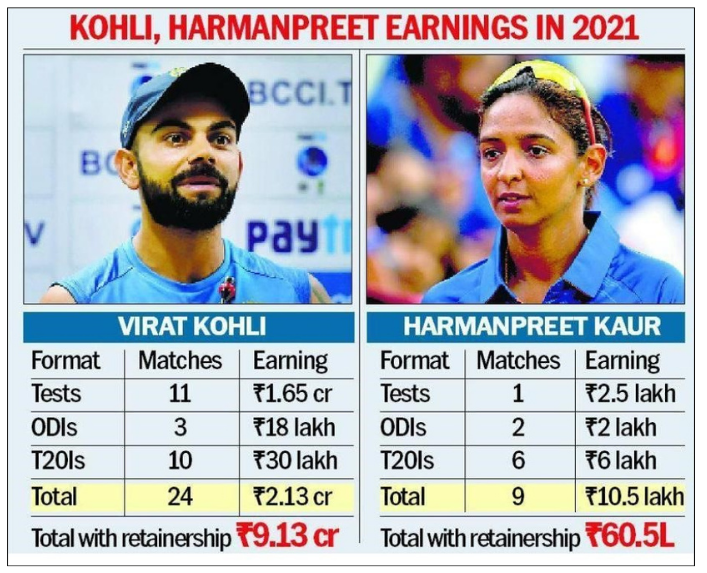
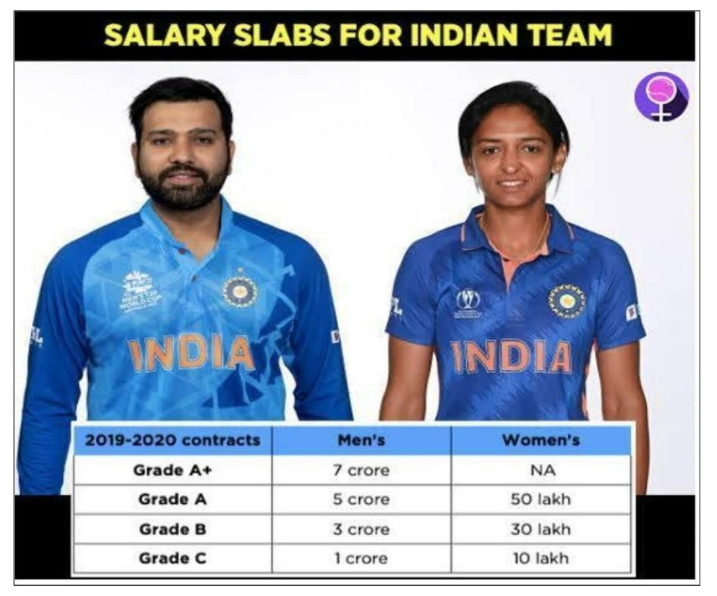
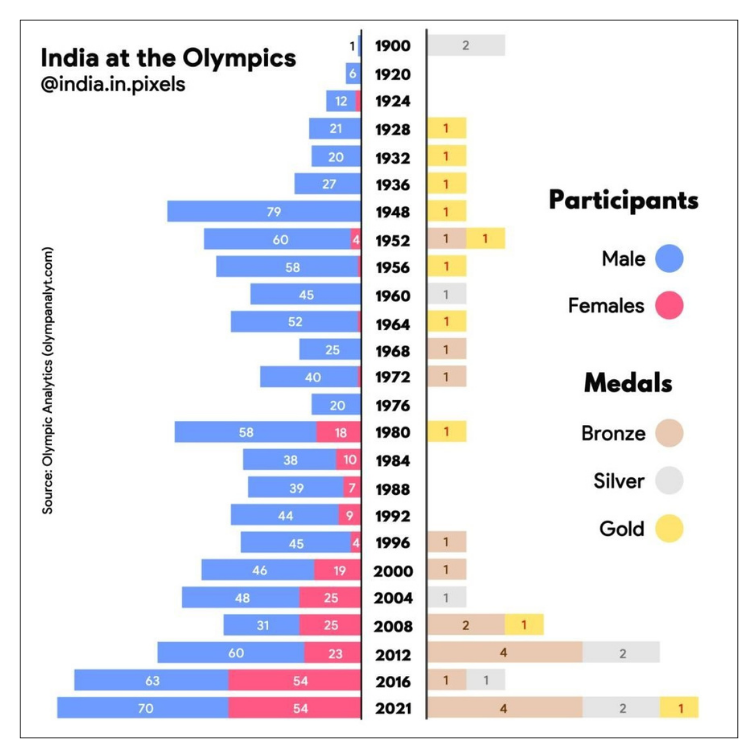
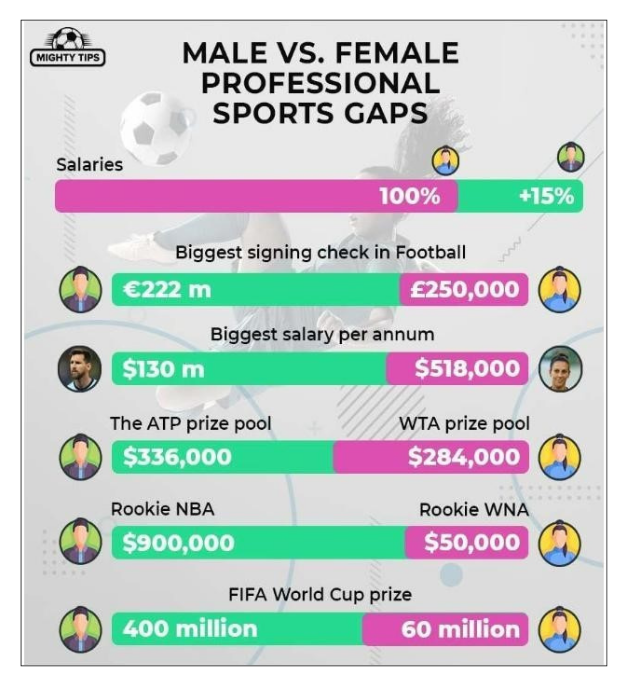
Women in corporates:
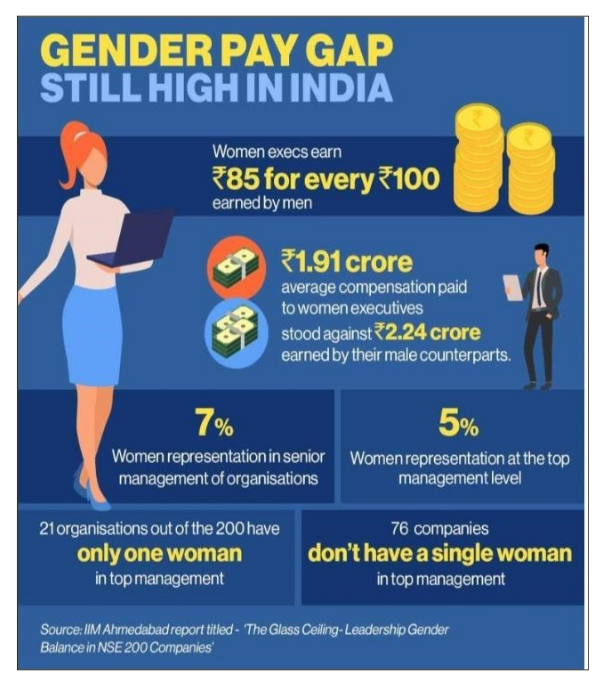
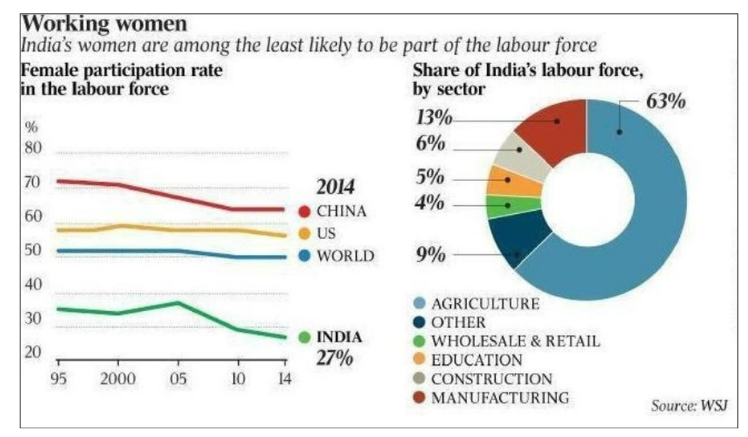
11.
What are social issues related to women?
Domestic violence:
- The National Commission for Women said in 2020-21, it received 26,513 complaints from women, an increase of 25.09 per cent, compared with the 20,309 complaints registered in 2019-20.
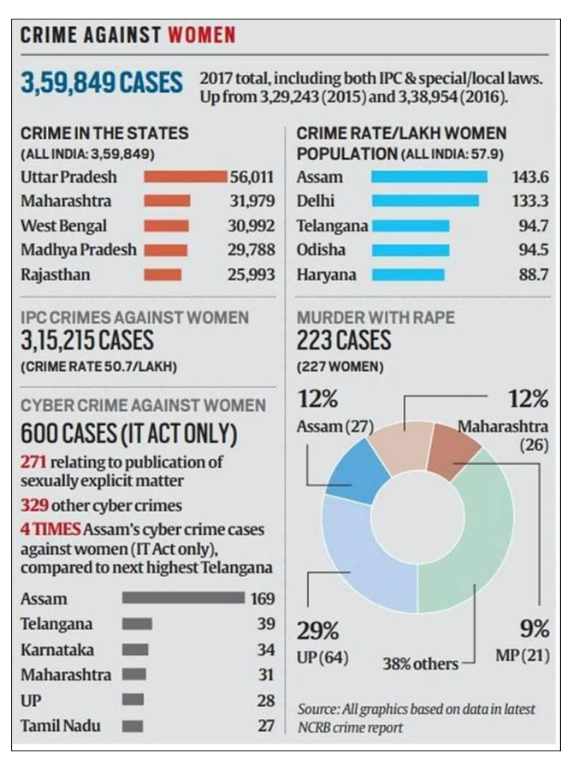
Crime against women:
- Such as rape, acid attacks, dowry killings, honour killings, and the forced prostitution of young girls has been reported in India.
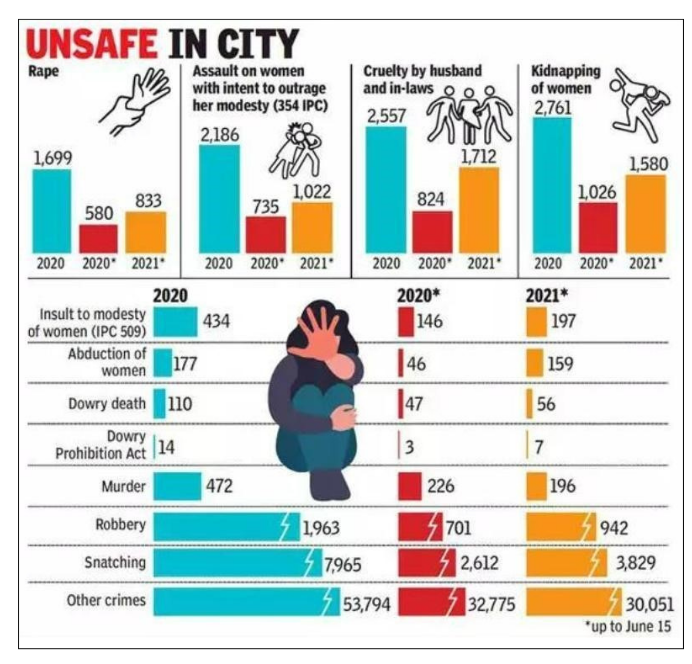
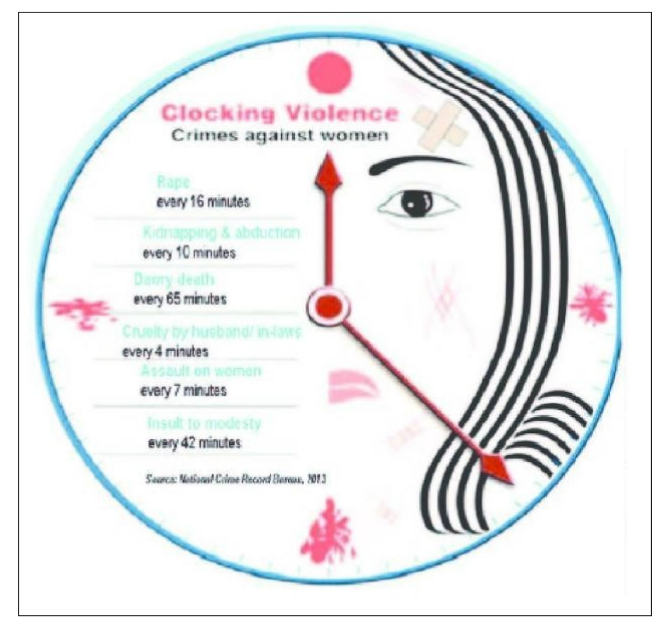
- TrustLaw, a London-based news service owned by the Thomson Reuters Foundation, ranked India as the fourth most dangerous place in the world for women to live based on a poll of 213 gender experts.
- Gender inequality:India ranks 122nd out of 191 countries in the Gender Inequality Index.
Feminisation of Poverty:
- The feminization of poverty has been used to illustrate differences between male and female poverty in a given context as well as changes in male and female poverty over time.
- Globally, 247 million women aged 15 years and older will be living on less than 1.90 U.S. dollars per day in 2021, compared to 236 million men.
Feminisation of Agriculture:
- The feminization of poverty has been used to illustrate differences between male and female poverty in a given context as well as changes in male and female poverty over time.
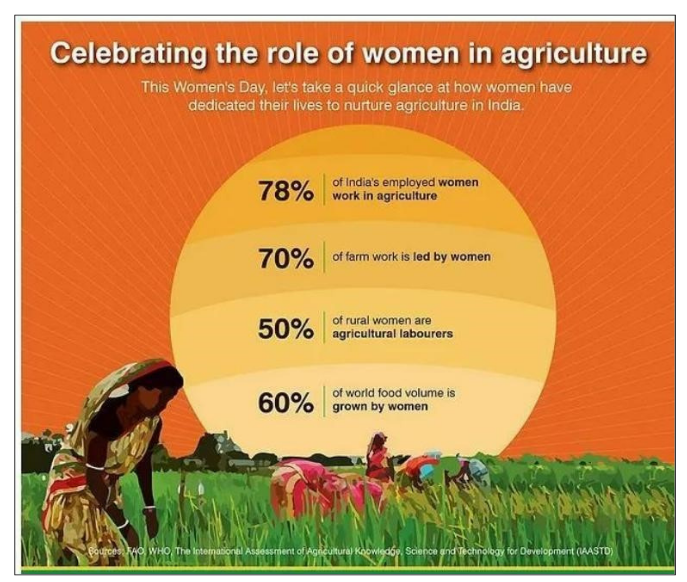
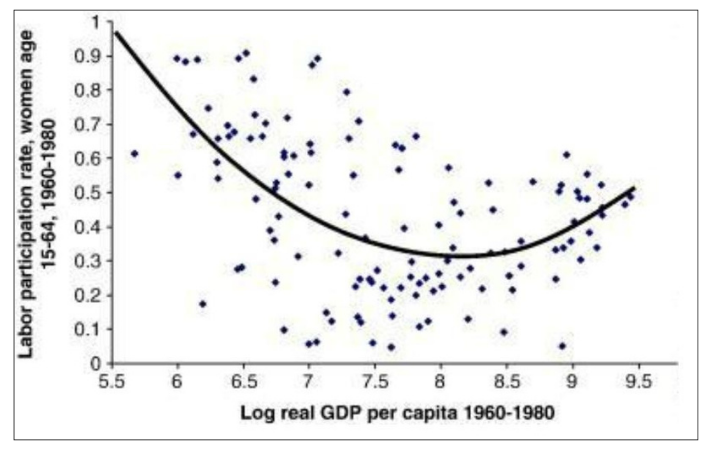
Missing women and unwanted girls:
- The term "missing women" indicates a shortfall in the number of women relative to the expected number of women in a region or country.
- Twenty-one million unwanted girls under the age of 25 in India. These girls are more precisely described as “less wanted” children. They are daughters that parents gave birth to when they were really hoping for a son.
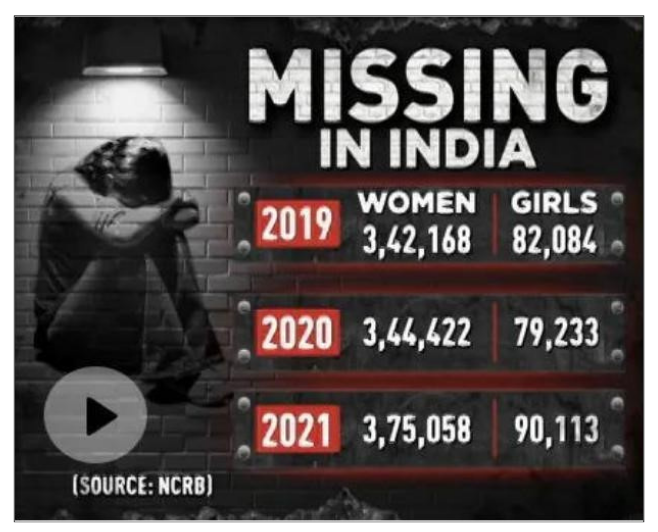
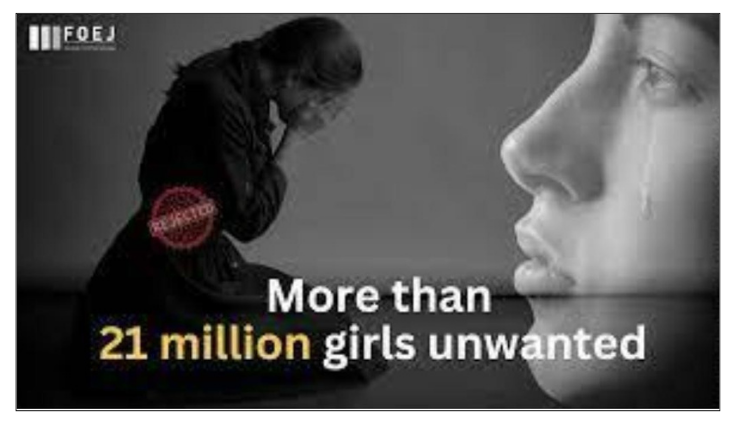
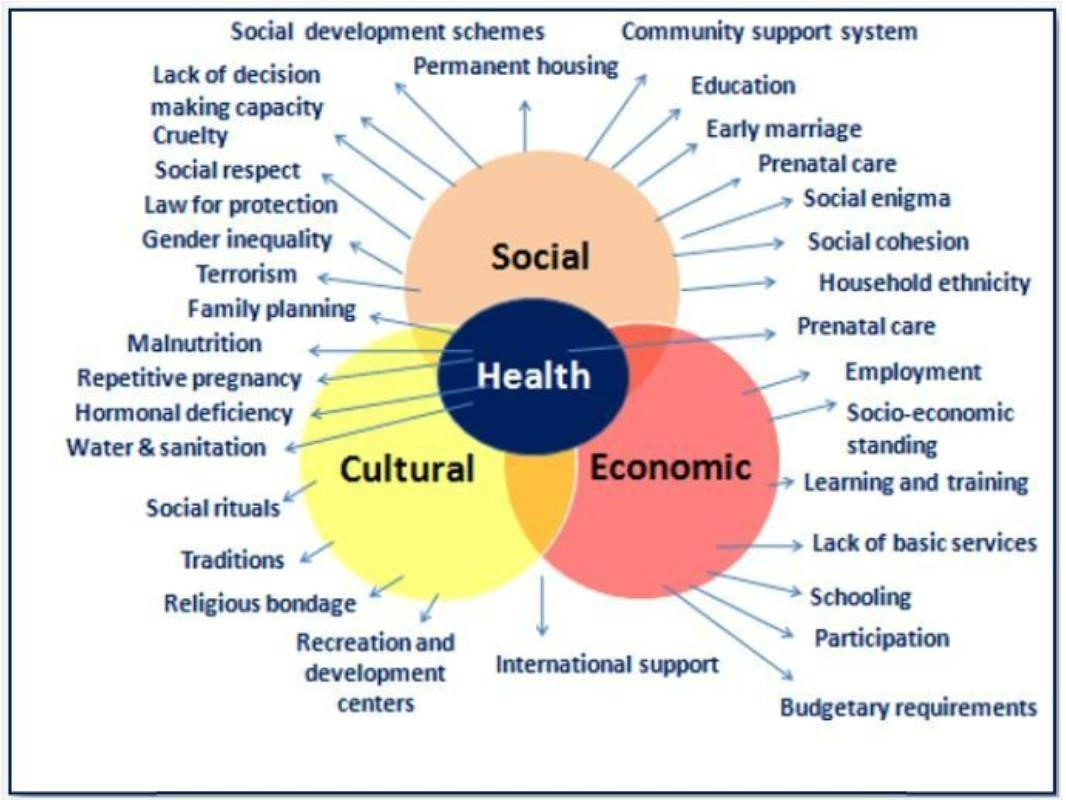
12.
Enlist few International/National personalities (past present / men/ women) who have worked for uplifting women status in India or Globally & Their contribution?
Raja Ram Mohan Roy:
- Rammohan Roy as a youngster had witnessed such a heinous scene when his own sister-in-law was forcefully burnt at the pyre of his own brother.
- He vowed to stop such atrocities against women.
- It was due to the efforts of Raja Ram Mohan Roy that Lord William Bentick abolished the Sati system in 1829 by declaring it an offense.
Dayanand Saraswati:
- Dayanand was opposed to the evil practices of child marriage and enforced widowhood, which according to him did not have the sanction of vedas.
- The pitiable condition of child-widows in the society, which prohibited remarriage, evoked his deepest concern.
Savitri Bai Phule:
- Savitribai Phule was one of the first female teachers in India, a social reformer, and poet.
- Along with her husband, Jyotiba Phule in Maharashtra, she played a vital role in improving women's rights in India.
- She is considered to be the pioneer of India's feminist movement.
IshwarChand Vidyasagar:
- Vidyasagar left no stone unturned to unfetter women from the bondages.
- He also fought for widow remarriage, abolition of polygamy, child marriage and female education.
- Educated women are the weapons who yield positive impact on the Indian society through their contributions to home and professional fields.
Dr BR Ambedkar:
- B.R. Ambedkar stated that “I measure the progress of a community by the degree of progress which women have achieved”.
- Several key issues Hindu Code Bill has an impact on women empowerment, which were identified and solved by B.R. Ambedkar.
Malala Yousafzai:
- Malala Yousafzai became an international symbol of the fight for girls’ education after she was shot in 2012 for opposing Taliban restrictions on female education in her home country of Pakistan.
- In 2013, Malala and her father co-founded the Malala Fund to bring awareness to the social and economic impact of girls' education and to empower girls to demand change.
- In December 2014, she became the youngest-ever Nobel Peace Prize laureate.
- Secretary-General António Guterres designated Malala as a United Nations Messenger of Peace in 2017 to help raise awareness of the importance of girl’s education.
13.
How is the Women Empowerment topic important for UPSC?
UPSC Syllabus:
General Studies-1
- Role of Women and Women’s Organization: their problems and their remedies.
- Social Empowerment.
General Studies-2
- Social Justice
14.
Enlist some Pre, Main & Interview PYQs asked by UPSC?
Some Previous Years Prelims Questions
Q1. Consider the following statements in the context of interventions being undertaken under Anaemia Mukt Bharat Strategy: (2023)
1. It provides prophylactic calcium supplementation for pre- school children, adolescents and pregnant women.
2. It runs a campaign for delayed cord clamping at the time of child-birth.
3. It provides for periodic deworming to children and adolescents
4. It addresses non-nutritional causes of anemia in endemic pockets with special focus on malaria, hemoglobinopathies and fluorosis.
How many of the statements given above are correct?
(a) Only one
(b) Only two
(c) Only three
(d) All four
Q2. Consider the following Statements in relation to Janani Surakasha Yojana: (2023)
1. It is a safe motherhood intervention of the State Health Departments.
2. Its objective is to reduce maternal and neonatal mortality among poor pregnant women.
3. It aims to promote institutional delivery among poor pregnant women.
4. Its objective includes providing public health facilities to sick infants up to one year of age.
How many of the statements given above are correct?
(a) Only one
(b) Only two
(c) Only three
(d) All four
Q3. Consider the following statements in respect of the 44th Chess Olympiad. (2022)
1. It was the first time that the Chess Olympiad was held in India.
2. The official mascot was named ‘Thambi’.
3. The trophy for the winning team in the open section is the Vera Menchik Cup.
4. The trophy for the winning team in the women’s section is the Hamilton-Russell Cup.
How many of the statements given above are correct?
(a) Only one
(b) Only two
(c) Only three
(d) All four
Q4. In the context of Indian history, the Rakhmabai case of 1884 revolved around:
1. women’s right to gain education
2. age of consent
3. restitution of conjugal rights
Select the correct answer using the code given below:
(a) 1 and 2 only
(b) Only two
(c) Only three
(d) All four
Some Previous Years Mains Questions
Q1. Explain why suicide among young women is increasing in Indian society. (2023)
Q2. Examine the role of ‘Gig Economy’ in the process of empowerment of women in India. (2021)
Q3. Are diversity and pluralism in India under threat due to globalization? Justify your answer. (2020)
Q4. What are the continued challenges for women in India against time and space? (2019)
Q5. ‘Women’s movement in India has not addressed the issues of women of lower social strata.’ Substantiate your view. (2018)
Some Questions from this Year and Previous Years Interview Transcripts
1. Board Sanjay Verma Sir:
- How do you ensure atma nirbharta for women ?
- How to ensure women enter the organized sector beyond the local work opportunities ?
2. Board Dinesh Dasa sir:
- How do you see status women empowerment in India?
- What role PRI 33% played in women empowerment.
- How does the new women reservation act will help in women empowerment?
3. Board BB Siwan sir:
- What would you do to prevent crime against women? What would you do to prevent criminals and know about their movement when they cross or visit your district?
4. Board Sheel Vardhan sir:
- Tell me about women reservation bill
5. Board Suman Sharma mam:
- Define women empowerment
15.
Any other area which can be important?
What is the Meaning of women Empowerment?
Women’s empowerment in terms of UNESCWA is the process by which women become aware of gender-based unequal power relationships and acquire a greater voice in which to speak out against the inequality found in the home, workplace, and community.
In terms of World Bank,Empowerment is a process of change by which those who have been denied the ability to make strategic life choices acquire this ability.
Women Empowerment happens by removing constraints that impede women’s and girls’ ability to determine and realize their goals. These constraints can be classified into three pillars:
- Agency – the capacity for goal-setting and follow-through, indicative of their level of self-efficacy and self-esteem.
- Resources – the inputs (such as capital, assets, tools, and information) that individuals have at their disposal to enable decision-making and actions to achieve their goals.
- Context – an enabling environment for equitable decision-making, including institutions and social arrangements.
Addressing constraints across these pillars can empower women to realize specific achievements, leading to gender equality.
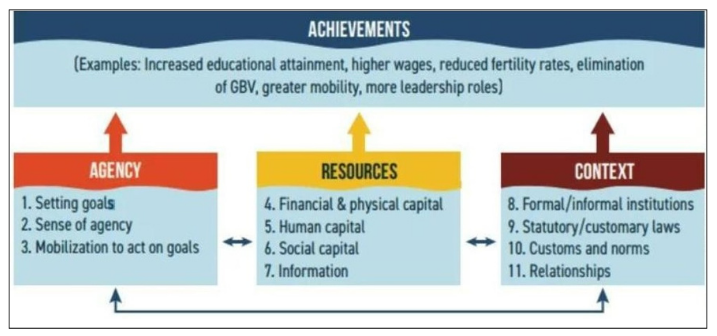
Women’s empowerment perspective, within the ILO context, is to promote the equal position of women in the world of work, and to further that aim at one or more levels by:
- Promoting capacity building of women to enable them to participate equally in all societal activities and decision-making at all levels.
- Promoting equal access to and control over resources and the benefits of productive, reproductive, and community activities by affirmative action for women.
- Working to achieve equality and safe and respectful working conditions.
- Promoting and strengthening the capacity of women’s/ development organizations to act in favor of women’s empowerment and gender equality.
- Promoting changes in the socio-economic conditions in society that often subordinate women to men such as laws, educational systems, political participation, violence against women and women’s human rights.
- Making men aware of the significance of gender equality.
What are the Components of Women Empowerment?
According to the United Nations– Women’s empowerment has 5 components:
- Women’s sense of self-worth.
- Their right to have and to determine choices.
- Their right to have the power to control their own lives, both within and outside the home.
- Their right to have access to opportunities and resources.
- Their ability to influence the direction of social change to create more just social and economic order, nationally and internationally.
